Our article covers eight tips for framing photography shots to elevate your compositions. Framing is one of the most important aspects of photography, yet many beginner photographers overlook it.
Framing a shot means deciding what to include in the photo and what to exclude. But it’s more than just that. It also means deciding how you position your subject in relation to the other elements of the scene.

Framing photos is how you surround your subject with the other elements in the photo. This compositional technique makes it stand out and grab the viewer’s attention. You can think of this as a frame within a frame.
Composition and lighting are essential in photography. But without the right perspective, your subject looks unflattering or doesn’t stand out. That’s where framing comes in.
There are many interesting ways to use framing. Some depend on luck, and others on the photographer’s creative eye. The timing of the image below is an example of great framing.
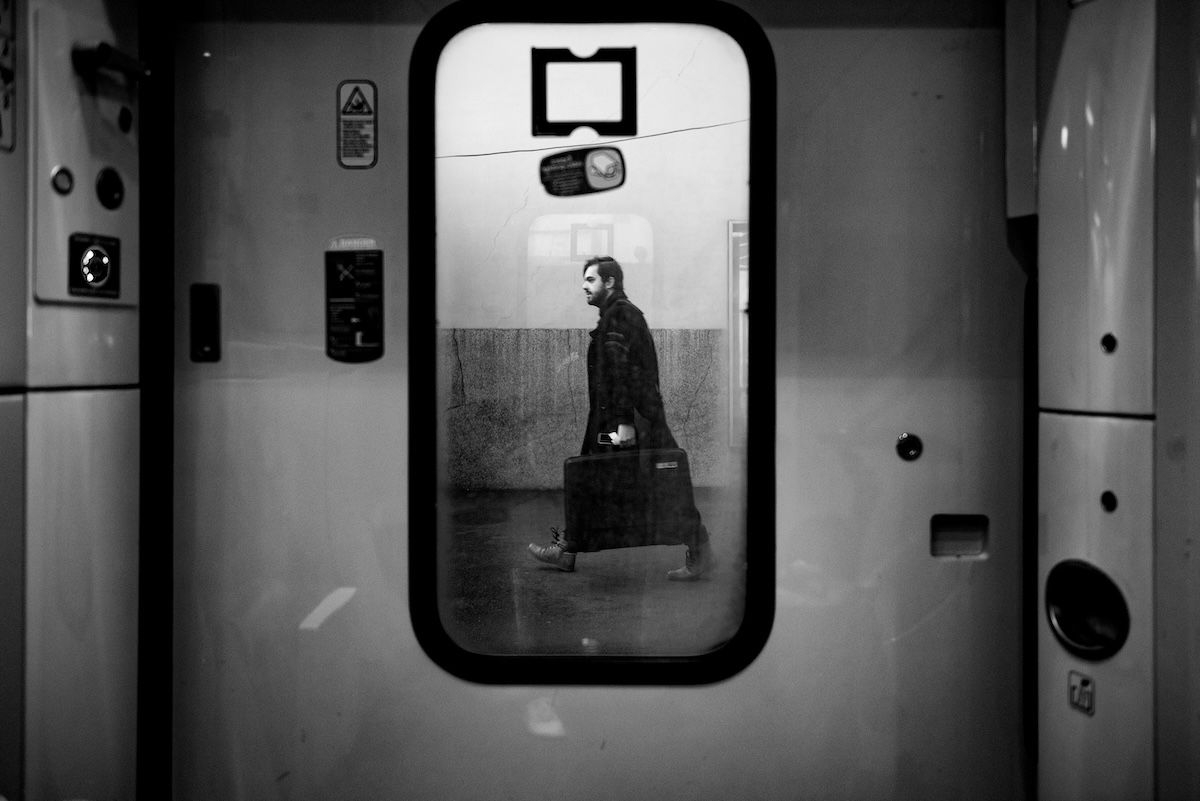
Nikon D750, 35mm, f/2.8, 1/100 s, ISO 500. Marcus Zymmer (Unsplash)
The right photo framing makes your photos look original and stand out. Here are eight ways to achieve this.
Photography is the art of capturing light. Deliberately using light is one of the best ways to highlight elements in your image, whereas darkness hides elements. One way of creating a frame in your image is to use light and shadows.
Shadows don’t always have to be harsh to frame the subject. But if you look at the image below, you’ll see just how dramatic they can be.
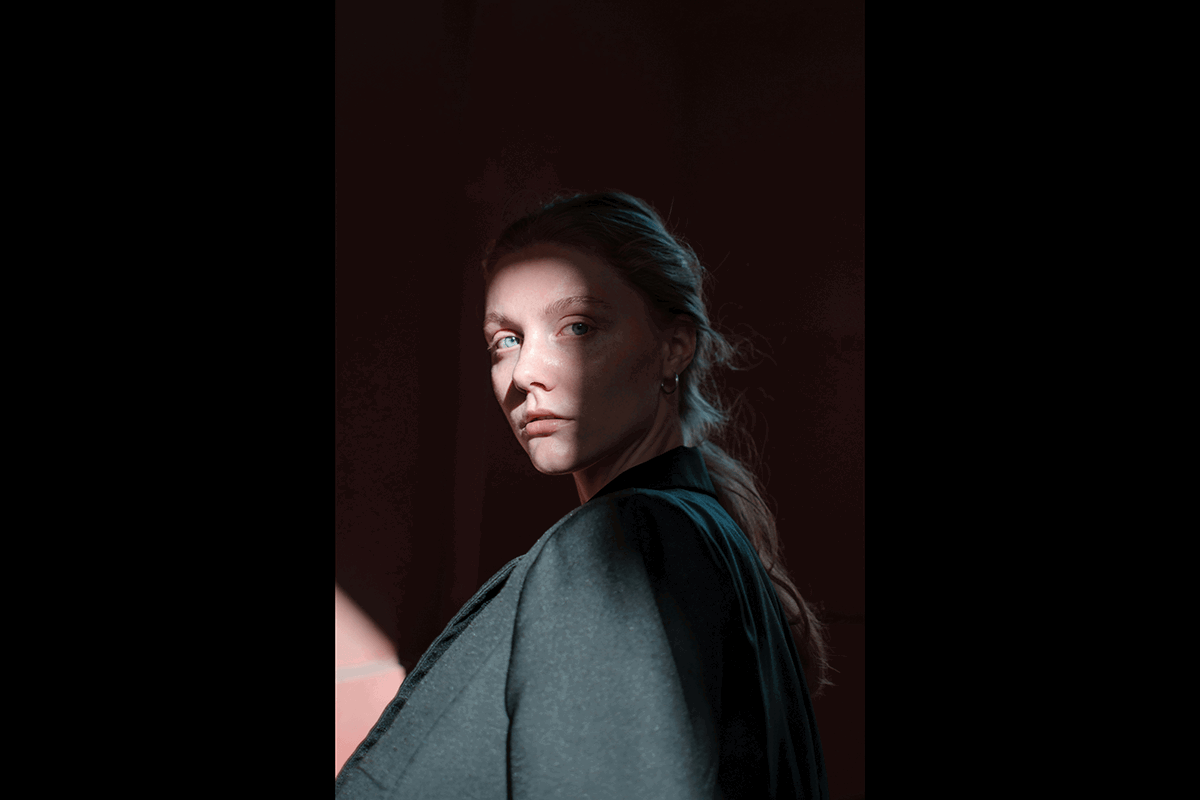
Nikon D5100, 35mm, f/1.8 , 1/2,000 s, ISO 100. Levin Anton (Unsplash)
Bokeh is a creative way of using light to frame your subject. You can incorporate bokeh in the background, foreground, or both.
There are many ways to create bokeh. You can use fairy lights, capture light shining through semi-transparent leaves, or use a crystal or glass. You then blur the background using a wide aperture to create a soft, artistic frame.

Canon EOS Rebel T3i, 50mm, f/1.6, 1/100 s, ISO 200. Tania Alieksanenko (Unsplash)
If you photograph a person, you can also ask them to frame themselves. Many models and professional portrait photographers use this technique.
For example, the model can place their hands in a way that creates a frame around their face. This easy technique is a natural and flattering way to emphasize a certain facial feature or body part.

Fufjifilm X-T30, 39mm, f/3.6, 1/45 s, ISO 3,200. Vicky Hladynets (Unsplash)
One of the best ways to frame your subjects is to use doors, windows, or actual frames. These can be in the foreground through which you shoot. Or they can be in the background with the subject in front.
Doors and windows are perfect for framing photos of people, places, and objects. A single framing tool can do a lot. For example, you can use a window as a background or a blurred foreground.
You can also shoot through these frames to emphasize an indoor setting or outdoor landscape. You don’t need to focus solely on your subject when shooting through windows or doors.
If you’re shooting a wedding, you can use simple photo booth frames. You take fun photos without compromising the quality of your photography composition.
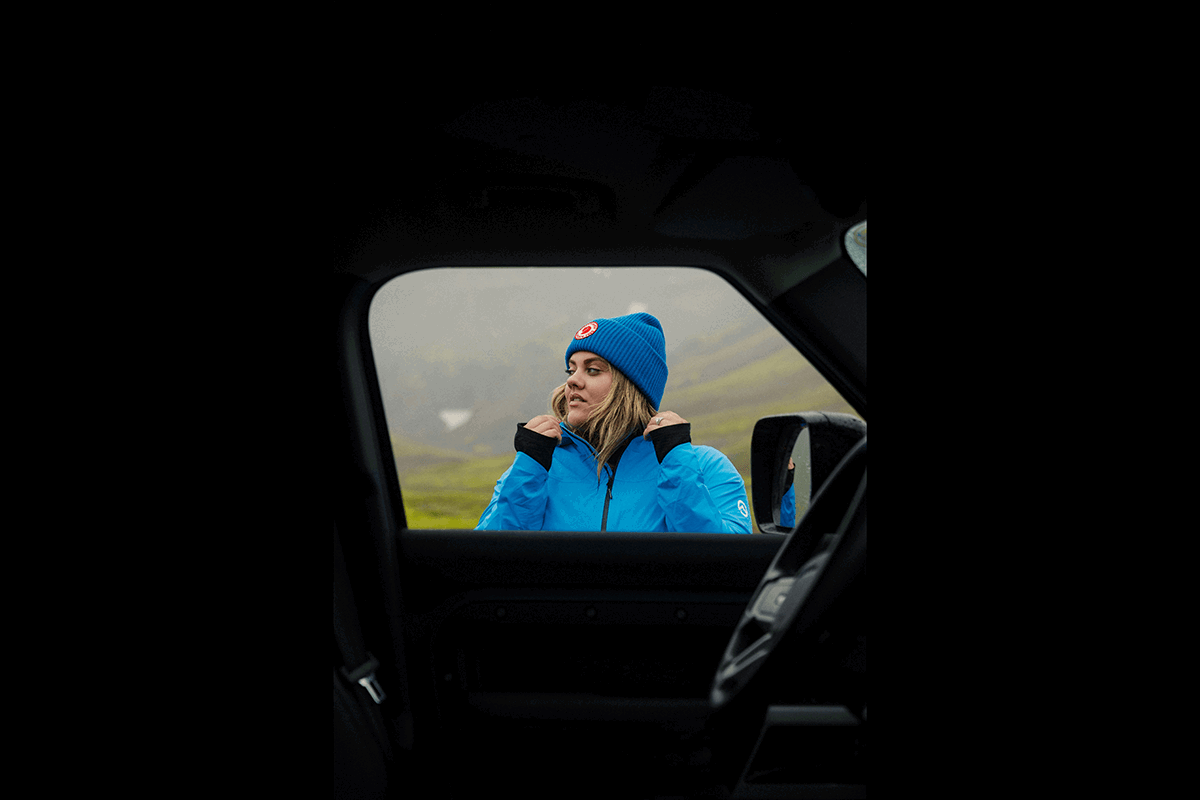
Sony a7 IV. 56mm, f/2.8, 1/250 s, ISO 50. Karsten Winegeart (Unsplash)
Using elements in the foreground to fill negative space can make your image look more interesting. Depending on your theme, you can combine simple and vibrant objects.
You can use foregrounds to make a minimalist portrait stand out. Flowers work especially well here. You can take photos through a branch or a bush for a moody landscape shot. Natural foregrounds like bushes and trees are perfect for visually aesthetic outdoor photos.
Use a large aperture to create a soft atmosphere. You want to spotlight your subject by surrounding it with a pleasant blur.
Use a smaller aperture and take a few steps away from the foreground for something more detailed. This setting and positioning still create a blur, but it makes the foreground slightly clearer.
Photographers often use this technique in wide-angle photography. It helps capture as much of your subject and the atmosphere as possible.
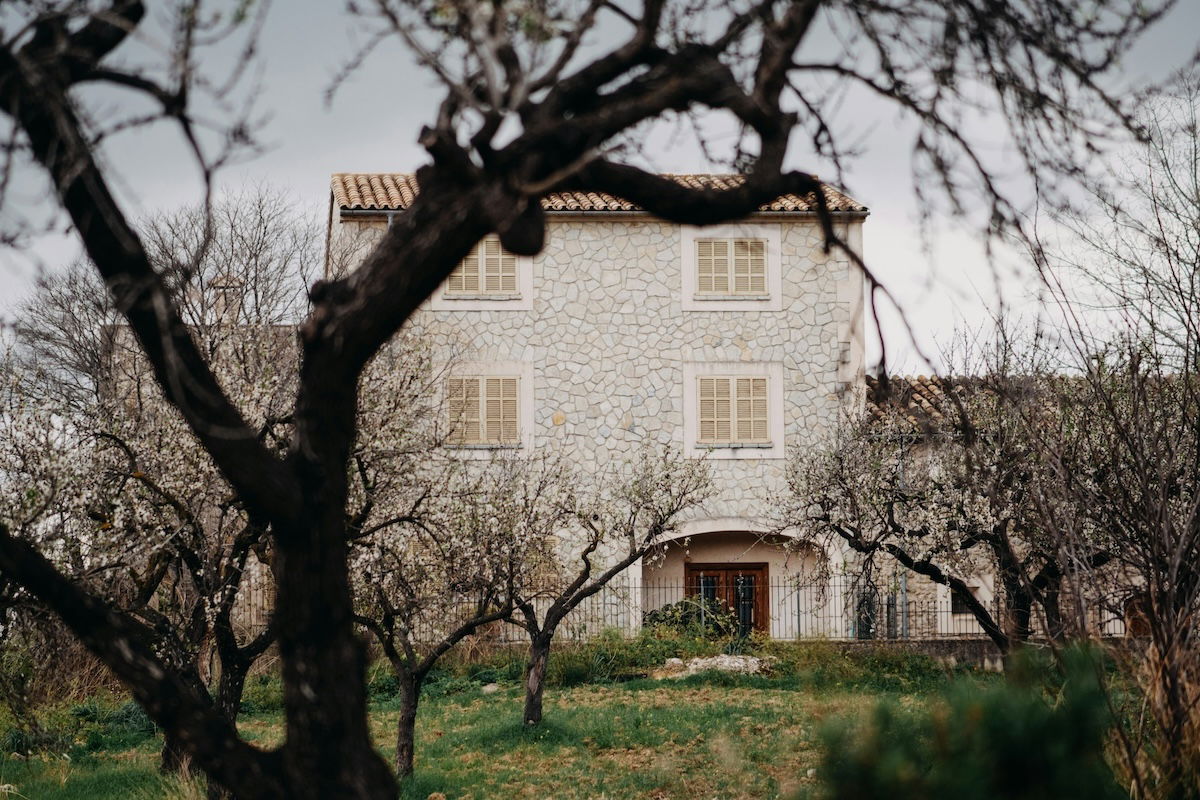
OM System Olympus OM-D E-M10 Mark III, 45mm, f/1.2, 1/4,000 s, ISO 400. Hanna (Unsplash)
Outfits and bedding are very helpful for enhancing a composition. Your subject might blend in or look dull compared to their surroundings.
To remedy this, try framing them using cloth or fabric. These items help frame people for lifestyle portraits or objects for still-life photography.
Another way to use this framing technique is to shroud parts of your subject, putting the spotlight on a specific area. For example, if you photograph a person, you can cover half of their face.
This framing draws the viewer’s eye to the visible part of their face, making your composition more intriguing. Ensure the fabric you use complements your subject’s appearance and shape. Neutral and pastel colors tend to work well in most shots.
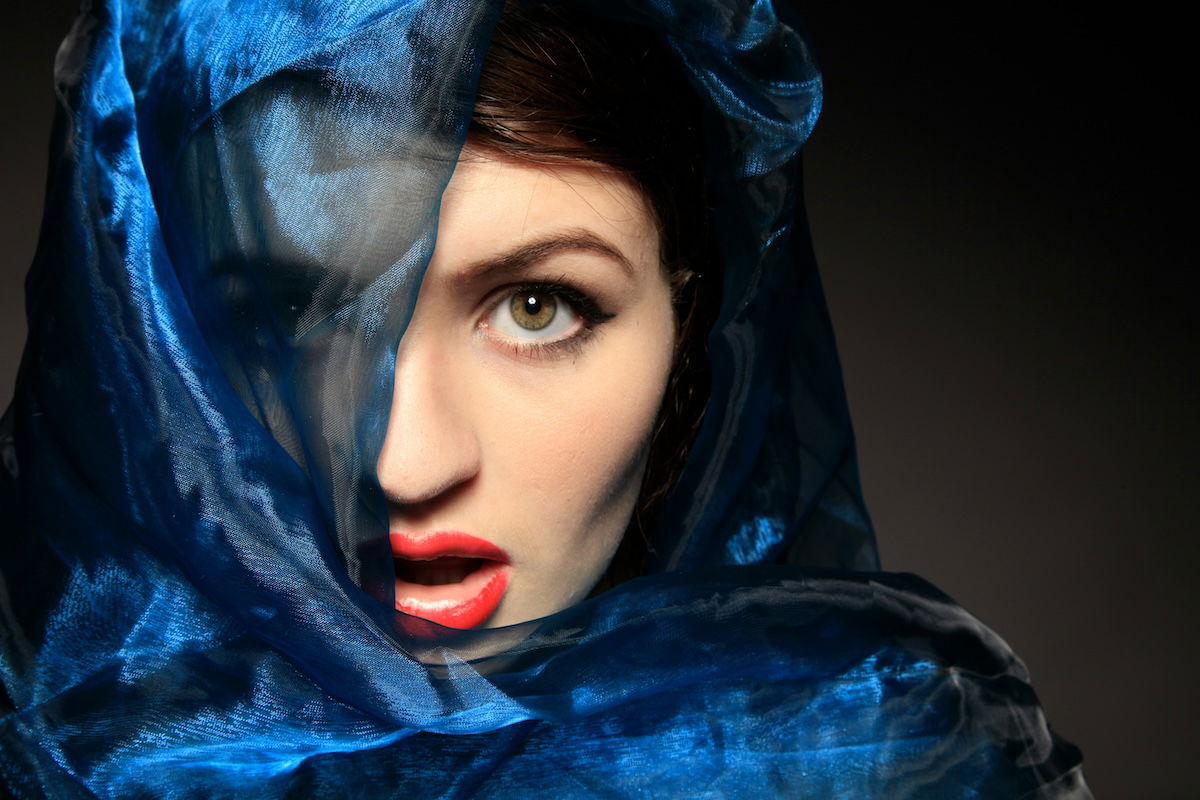
Canon EOS 5D Mark II, 55mm, f/14 , 1/200 s, ISO 100. Gary Powell (Unsplash)
Compositions and symmetry go very well together, especially in atmospheric photos. You can take a few steps from your model without making your composition look busy. You can do so using basic symmetry knowledge.
You don’t have to set up a studio with symmetrical props or backgrounds. Look for symmetrical elements in cities or nature. Some examples could be country roads, skyscrapers, bridges, or water reflections.
Place your subject in the middle of these environments (or as close to the middle as possible). You can crop the frame in post-processing if you don’t get the symmetry exactly right.
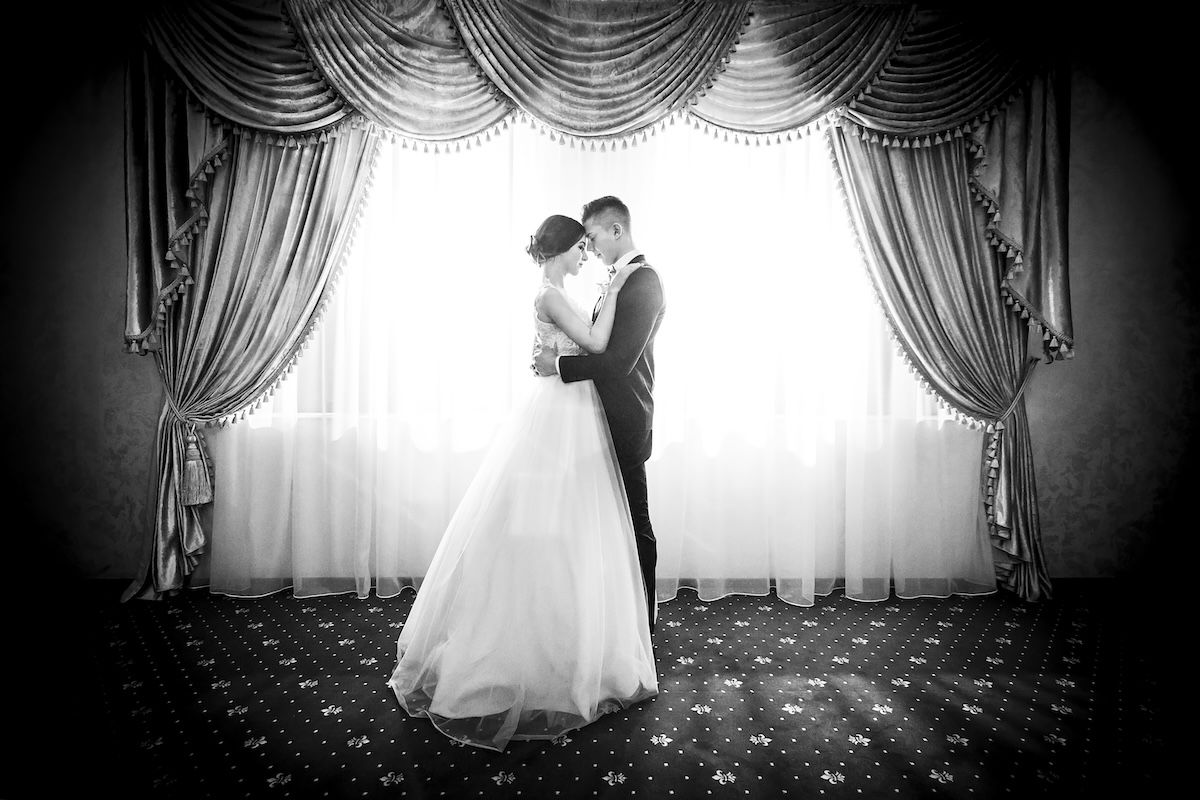
Canon EOS 7D, 10mm, f/3.5, 1/200 s, ISO 800. Marius Muresan (Unsplash)
Window reflections are perfect for framing minimalist photos. You can use them in almost any genre of photography.
For portraits, position your model standing behind a window. Take photos from different angles to find the best reflections. (Don’t shoot right in front of or head-on. Doing so means your camera ends up in the reflection.)
Reflections tend to be abstract and neutral in color. This combination is perfect for hiding or emphasizing certain features. It’s like using a blurred foreground to bring focus to your main subject.
If you’re a landscape photographer, photograph different views reflected by a window. This reflection creates a somewhat distorted and atmospheric effect.
You can also combine reflections and symmetry to create surreal photos like the one below.

Canon EOS 5D Mark II, 50mm, f/9.0, 1/800 s, ISO 320. Oliver Cole (Unsplash)
There are many framing photography techniques you can use to improve your compositions. Frames help you create balance and highlight specific elements for the viewer. Knowing how to frame a photo helps you turn even the simplest subjects into eye-catching works of art!
